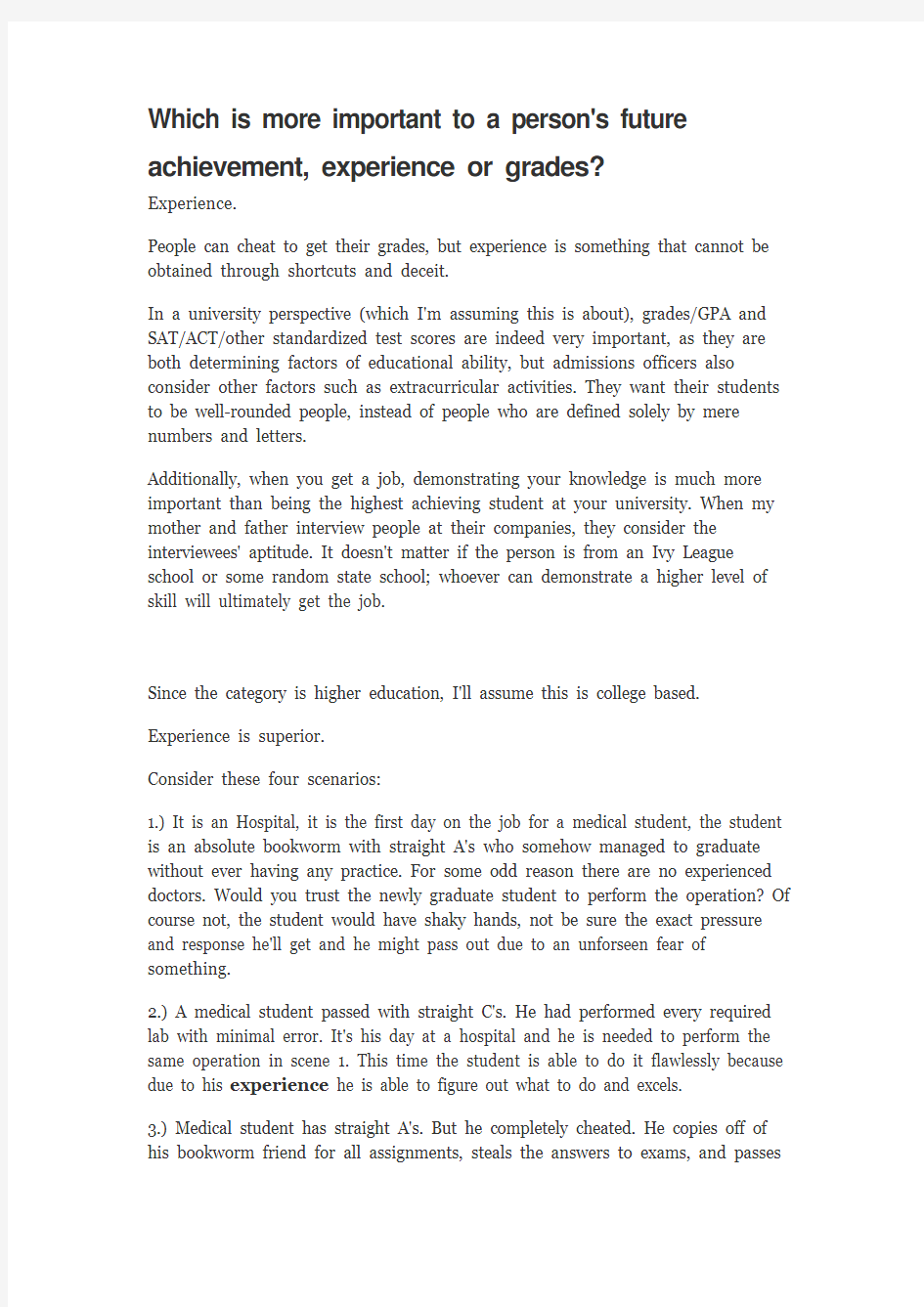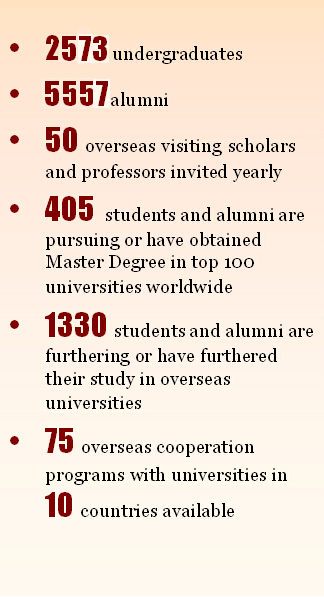** Exploring Federal Student Loan Options for Higher Education: Your Comprehensive Guide to Financing Your Future
### DescriptionNavigating the world of higher education can be both exciting and overwhelming, especially when it comes to financing your education. One of……
### Description
Navigating the world of higher education can be both exciting and overwhelming, especially when it comes to financing your education. One of the most significant decisions you will make is how to fund your college experience. Fortunately, there are various federal student loan options available to help you manage the costs associated with attending college. Understanding these options is crucial for making informed decisions about your financial future.
Federal student loans are loans provided by the government to help students pay for their education. Unlike private loans, federal student loans typically offer lower interest rates, flexible repayment options, and various borrower protections. The primary federal student loan programs include Direct Subsidized Loans, Direct Unsubsidized Loans, Direct PLUS Loans, and Direct Consolidation Loans. Each of these options serves different needs and circumstances, making it essential to understand the differences.
**Direct Subsidized Loans** are designed for undergraduate students who demonstrate financial need. The government covers the interest on these loans while you are in school at least half-time, during the grace period after graduation, and during any deferment periods. This feature makes subsidized loans an attractive option for students who may be concerned about accruing interest while they study.

On the other hand, **Direct Unsubsidized Loans** are available to both undergraduate and graduate students, regardless of financial need. While these loans do not offer the same interest benefits as subsidized loans, they still provide a reliable source of funding. Interest begins accruing as soon as the loan is disbursed, meaning that students should be mindful of how much they borrow to avoid accumulating excessive debt.
For graduate or professional students, **Direct PLUS Loans** may be an ideal solution. These loans allow students to borrow up to the full cost of their education, minus any other financial aid received. However, unlike subsidized and unsubsidized loans, PLUS loans require a credit check. If you have an adverse credit history, you may need to find a creditworthy endorser to qualify.
Once you have borrowed federal student loans, you may find that managing multiple loans can be cumbersome. This is where **Direct Consolidation Loans** come into play. Consolidation allows you to combine several federal student loans into a single loan with one monthly payment. This can simplify your repayment process and may even lower your monthly payment. However, it’s important to note that consolidating loans can sometimes result in losing certain borrower benefits, so it’s essential to weigh the pros and cons.

In addition to understanding the types of loans available, it is crucial to familiarize yourself with the repayment options. Federal student loans offer various repayment plans, including the Standard Repayment Plan, Graduated Repayment Plan, and Income-Driven Repayment Plans. Each plan caters to different financial situations, allowing borrowers to choose a repayment strategy that aligns with their budget and income.
Moreover, federal student loans come with borrower protections that can provide relief in times of financial hardship. For instance, if you experience unemployment or face other financial difficulties, you may qualify for deferment or forbearance, which allows you to temporarily pause your payments without defaulting on your loan.
Finally, it’s worth mentioning that federal student loans can lead to forgiveness programs, particularly for those in public service careers. The Public Service Loan Forgiveness (PSLF) program forgives the remaining balance on Direct Loans after 120 qualifying monthly payments while working for a qualifying employer.

In conclusion, exploring federal student loan options is vital for any student looking to finance their education. With a variety of loans available, each with distinct features and benefits, understanding these options will empower you to make informed decisions that align with your financial goals. By taking the time to research and understand your choices, you can pave the way for a successful and financially manageable college experience.